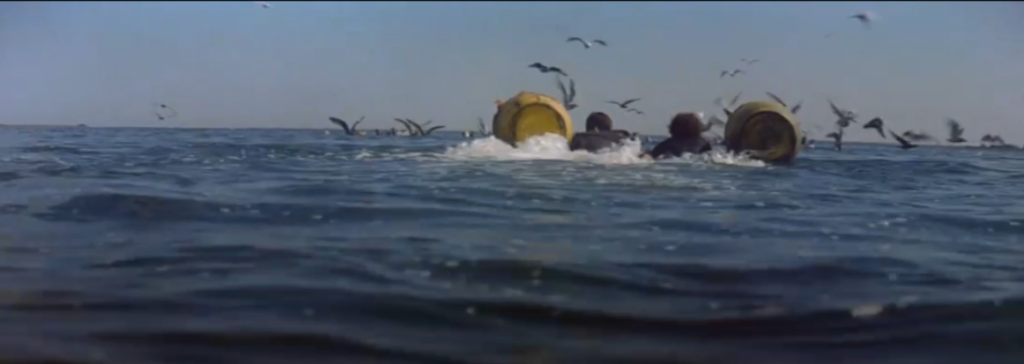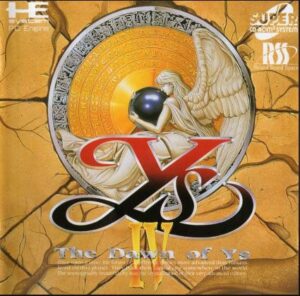With summer winding down for the year, my mind naturally reflects on everything associated with the season. As far as cinema goes, I often find myself thinking of summer blockbusters, and there is likely no summer blockbuster as influential as the film Jaws. The cult classic about a shark rampaging in a small oceanside town is well-known for its effects, its impact on summer movies, and its influence on director Steven Spielberg’s career. The film may have aged in terms of its effects and performances, but it is still a strong, suspenseful film. This is Jaws…

Originally released in theaters in 1975, Jaws is a horror adventure film and an adaptation of the book by Peter Benchley of the same name. The film was directed by Steven Spielberg and written by Benchley and Carl Gottlieb, with Howard Sackler brought on for uncredited rewrites. The score was composed by the one and only John Williams. The film stars Roy Scheider as Martin Brody, Robert Shaw as Quint, and Richard Dreyfuss as Matt Hooper. It also features performances by Lorraine Gary and Murray Hamilton. The plot is as follows: When a massive great white shark begins a feeding frenzy on the oceanside town of Amity Park on Fourth of July weekend, it is up to Chief of Police Martin Brody to assemble a team to hunt it down before the entire town falls prey to this man-eating beast. However, Brody will have to overcome an even more relentless hurdle than a shark: small town bureaucracy.
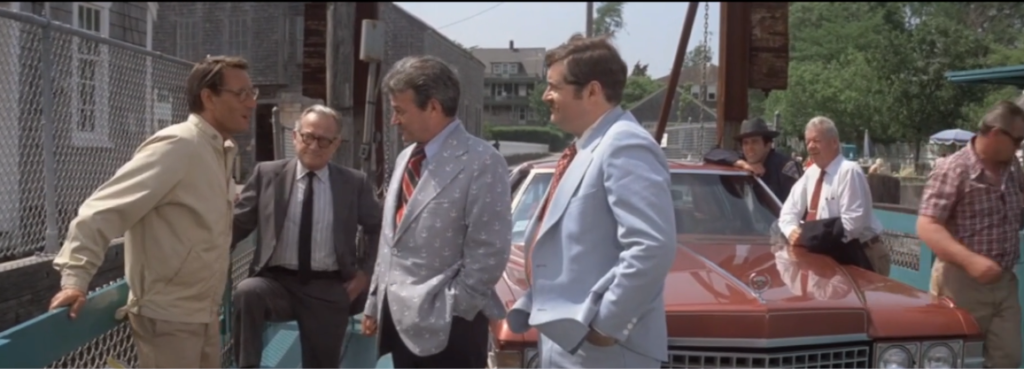
The producers decided early on to diverge from the source material to focus on the shark hunt. Several of the source material’s subplots were outright removed from the film version, including an affair between Martin’s wife Ellen Brody and Matt Hooper. While the film deviates from the source material in the first and second acts, the third and final act is largely accurate to the book with a couple exceptions. Dreyfuss’s character Hooper dies in the climax of the novel, but was spared in the movie version as a result of a real shark attack that occurred while filming. The producers decided to deviate from the book so they could use the footage of this attack.

The visual effects are rather mixed in Jaws. The film did actually shoot in real bodies of water as opposed to using a large aquatic tank. The shark was brought to life with a combination of live shark footage as well as animatronic models. These models were designed by the film’s art director Joe Alves. The contrast between the models and the live sharks are more obvious as the film enters its third act. Spielberg disguises the comparatively lacking effect by rarely showing the shark in the film. This creates a more suspenseful atmosphere, which is further supplemented by John William’s excellent score. The main Jaws theme is world famous in pop culture, but the rest of the soundtrack is top notch, created by one of the greatest composers in the industry.
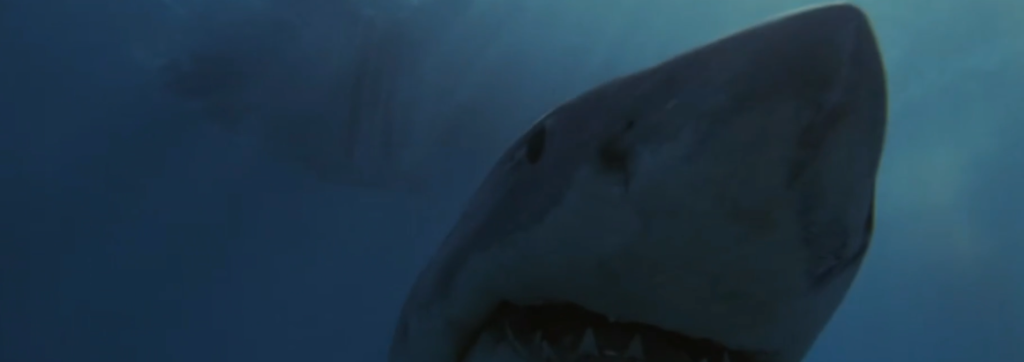
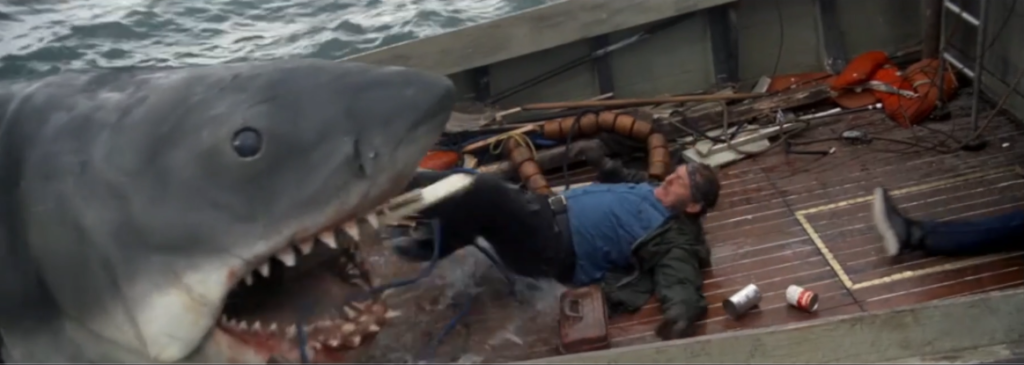
The film’s pacing is very successful. The first two acts fly by, whereas the third act slows things down a bit for the final encounter. And compared to the following installments of the franchise, there is a level of nuance and substance present in this first film that is absent from the rest of the series. On a technical level, this film was referred to as “Flaws” by some of its production team for the number of things that went wrong during production. The production had an initial budget of $4 million, but it ended up costing $9 million as a result of technical problems regarding the shark animatronics. Costly unique equipment was required for underwater shooting. Principal photography was only supposed to take 55 days, but it ended up taking 159 days.
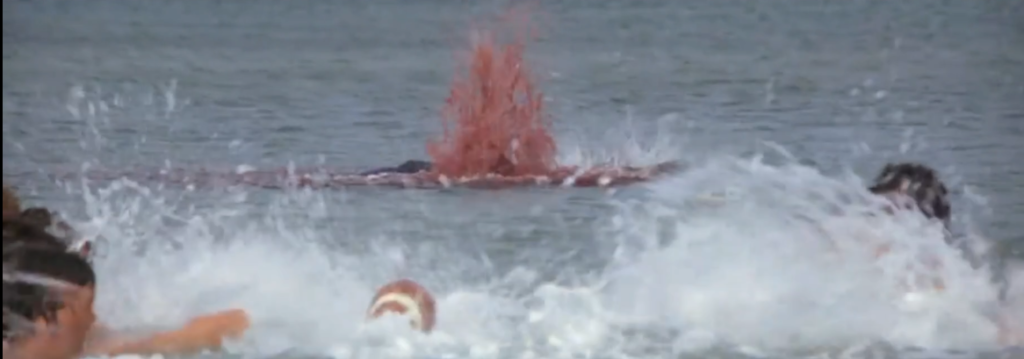
Despite the delay they caused, these production errors proved to be a blessing in disguise, as the extended period of filming allowed for time to refine the screenplay. And this extra time shows, as the plot of Jaws is tightly written, despite some trappings. It feels as if there is no wasted motion; every scene has purpose. This film was rather early in Spielberg’s career, but his directorial talent still shines through.
Jaws was by no means the first movie to feature a shark as the primary antagonist, but it still remains one of the most iconic. Jaws grossed $470 million worldwide. It outgrossed The Godfather in a short 78 days and was the highest grossing film of all time until it was dethroned two years later by a little film called Star Wars. Jaws has left quite the impact on pop culture and cinema, and it helped define the summer blockbuster as we know it today. Yes, the animatronic models can date this film a touch, but it is still a great summer movie. If you’re a fan of suspenseful adventures, give it a watch!
